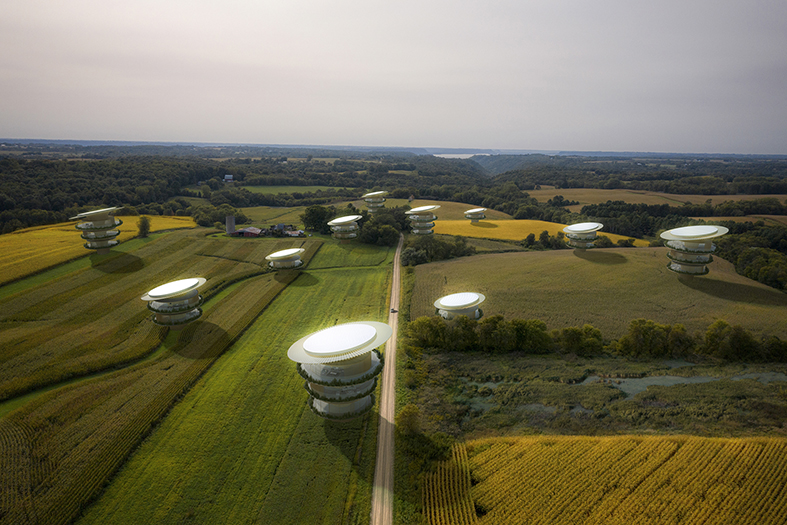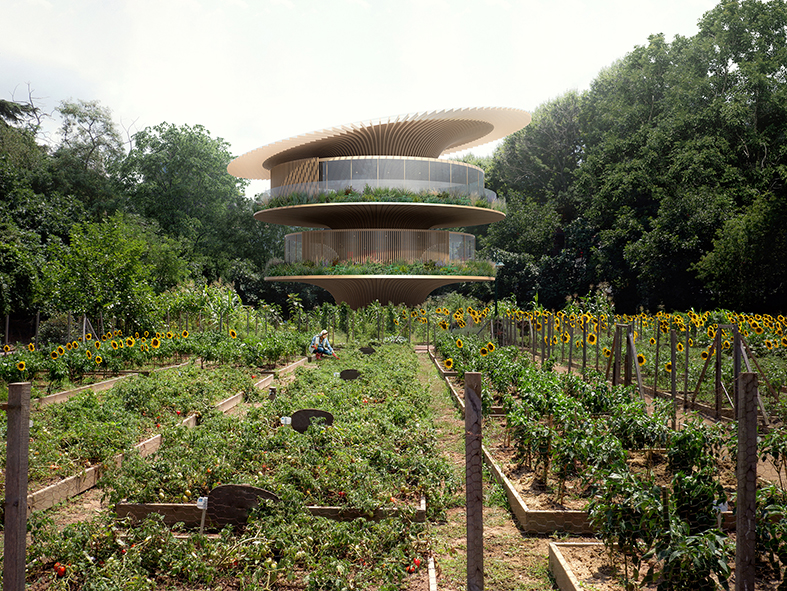THE PIONEERING ARCHITECT DRAWS ON NATURE TO INFORM BOTH THE FUNCTION AND AESTHETICS OF HIS DESIGNS, CREATING CLIMATICALLY SMART YET INHERENTLY BEAUTIFUL BUILDINGS. AFTER TRAVELING THE WORLD FOR WORK, IT WAS SYDNEY THAT ENAMOURED KOICHI AND ENTICED HIM TO PLANT HIS ROOTS, BUILD HIS EPONYMOUS FIRM AND RAISE HIS FAMILY. WE CHAT TO KOICHI ABOUT DRIVING URGENT CHANGE IN THE BUILDING INDUSTRY AND FINDING THE BALANCED CONNECTION WITH NATURE IN SYDNEY.
ON YOUR GLOBAL UPBRINGING
I was born in Hong Kong, but we lived in Hong Kong, Singapore and Tokyo. Then I went to university in New York. My dad’s company is responsible for about 25% of the speakers in the world… he’s a great businessman. He started as an employee and ended up owning the company. At that time, manufacturing in Japan was too expensive, so we moved around creating factories. There was always music playing in our home, and when Dad was in control, the whole house shook. Although our windows rattled, it was completely soundproof and the neighbors wouldn’t hear a thing. It was a complex set up that produced beautiful, rich sound. Dad hated when speakers started turning into headphones. He doesn’t believe that music should be heard in isolation, but instead needs the context of sharing the sounds with the environment and the people.
ON TRAVEL SHAPING YOUR CREATIVITY
When I arrived in New York and walked out of the subway, I looked up at the skyscrapers. The scale was overwhelming. I couldn’t stand the power and ambition behind these highrises. Then I stepped into Central Park and instantly loved it — it felt democratic and more aligned with human scale. It forced you to stop looking up at the buildings and to be in nature. I played baseball in Central Park every weekend to escape and breathe and it was this experience that really made me question why architecture couldn’t be like Central Park. Why couldn’t you plant trees on the façades of buildings? Then my professor in New York, Peter Sweeny, who really invested his time in me, recommended I go to London and learn from the incredible architects there. I instantly liked London, because the scale dropped.
ON YOUR MOVE TO SYDNEY
London had quite difficult circumstances with the IRA bombings. So I went back to Japan and worked with Atsushi Kitagawara. While there we were invited to participate in stage two of the competition to design the new Museum of Contemporary Art of Australia in Sydney. When I hopped off the plane in Sydney, it was love at first sight. I instantly thought: wow I could live here. I remember walking around the Botanical Gardens and spotting these unbelievable plants that I’d never seen before.












